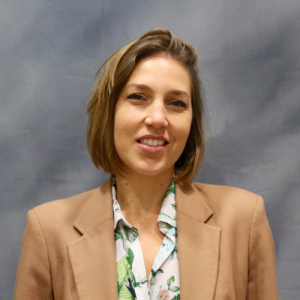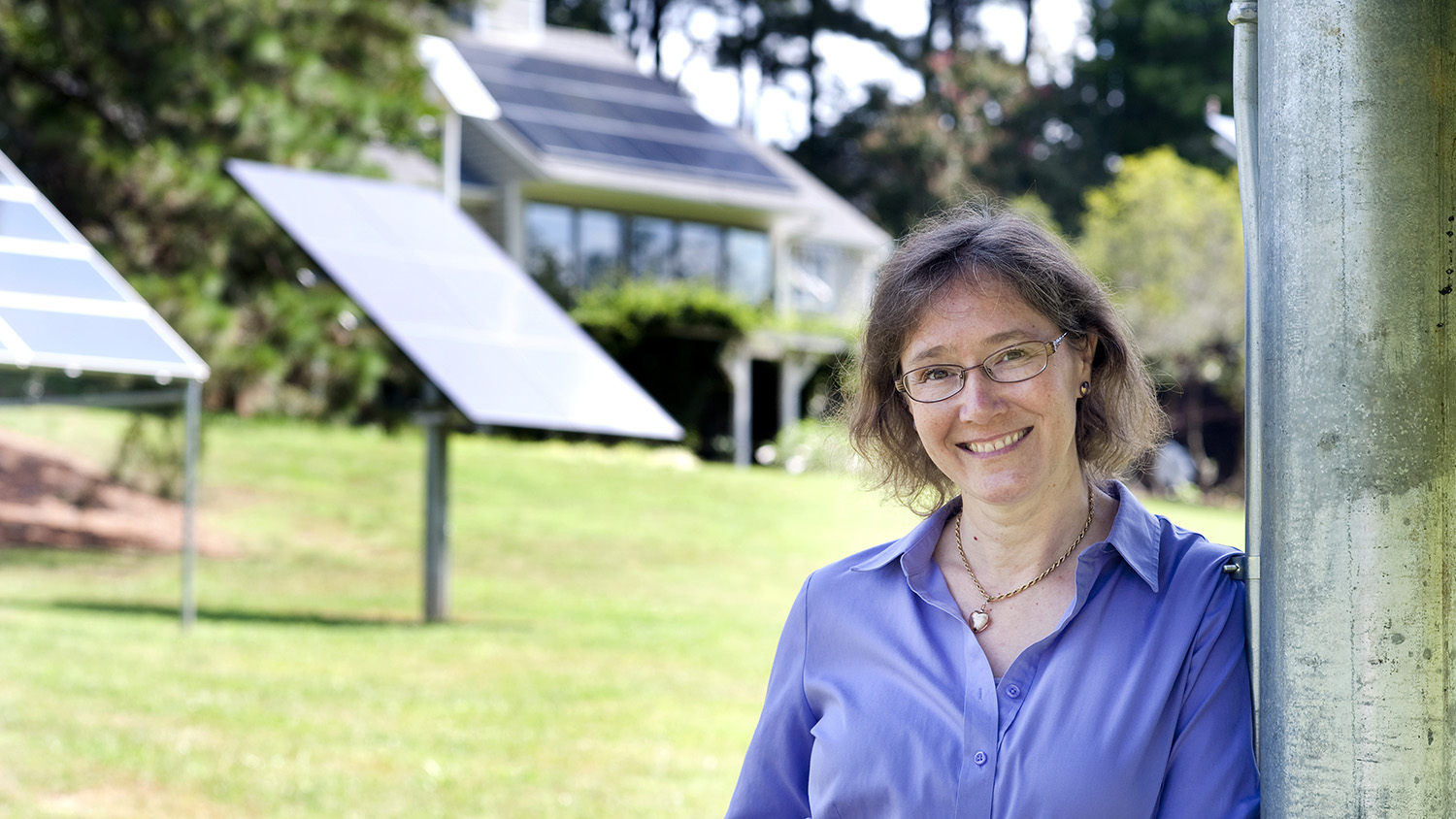New lung ultrasound research published by MAE professor

The Journal of the Acoustical Society of America (JASA) published their special issue on lung ultrasound research last month, which featured the work of NC State University Mechanical and Aerospace Engineering Associate Professor Dr. Marie Muller.
Some of Muller’s research is available to read for free on JASA’s website for a limited time, including her contributions to studying the scoring and segmentation of COVID-19 lung ultrasound images, the detection of pulmonary nodules, and in vivo assessment of pulmonary edema in rats. Muller also co-authored the introduction to the special issue on lung ultrasound.
Muller worked alongside researchers from all over the world to study new and potentially life-saving applications of lung ultrasound technology.

“I’m interested in biomedical ultrasound in highly heterogeneous complex media where you can’t make an image, you can’t make an ultrasound image,” Muller said.
Muller described ultrasound imaging within a lung as being similar to trying to take a photograph in a room made entirely of millions of tiny shards of mirrors. “You wouldn’t get a picture of the room, you would get something very messy,” she said.
Unlike a photograph, ultrasound produces images using echolocation. According to an article published in Acoustics Today by Muller and Dr. Libertario Demi, who also contributed to the research published in JASA’s lung ultrasound special issue, “To reconstruct an ultrasound image, acoustic waves in the megahertz range are transmitted into the body by an ultrasound probe. These waves are partly reflected back to the probe by acoustic interfaces within the tissue (discontinuities in acoustic properties). If the speed of sound was constant and known, as it is in most soft tissues, it would be possible to convert the time traveled by the wave to a specific depth to reconstruct an image representing the volume of interest.”
Ultrasound imaging in a lung is made difficult by alveoli, tiny air-filled structures in a person’s lungs that function to move oxygen and carbon dioxide molecules in and out of one’s bloodstream, which interfere with ultrasound waves and cause them to scatter. “In a highly scattering medium, you’re not going to hear one echo back, you’re going to hear a huge mess. Because the wave doesn’t propagate straight, it gets scattered by each alveolus,” Muller said.
One of Muller’s goals in her research is to produce metrics that allow people to monitor and diagnose lung diseases by taking advantage of the complications posed by alveoli in ultrasound imaging.
According to Muller, ultrasound technology is advanced enough that ultrasound scanners will be widely available in private practices and it may soon be possible for people to have their own scanners at home. However, ultrasound images require an expert to accurately decipher them, so it is one goal of her research to develop metrics and figures that allow people to monitor lung diseases at home and enable medical professionals to identify these diseases more easily.
“If you’re in treatment and you want to see how well you’re doing on the treatment, you want to measure it, you want to be able to get a number so you can compare it to last week,” Muller said. “If you have pulmonary edema, for example, if you have heart failure, your lungs get filled with fluid and you’re on diuretic treatment and you want to see if you’re doing well, you can monitor the fluid in your own lungs, but for that you need a metric, you need a number or a score instead of an image.”
In a healthy lung, the alveoli are all filled with air which will cause ultrasound waves to scatter much more, but in a diseased lung the alveoli are going to be filled with fluid or scar tissue and the ultrasound wave will be much more free and diffuse faster within the lung. Based on the amount of time it takes for the wave to diffuse within the lung, Muller is able to gauge the density of healthy alveoli, and it is with this information that she aims to develop metrics for monitoring lung diseases.
Muller works closely with Dr. Thomas Egan at the University of North Carolina School of Medicine, who surgically replicates fibrosis in animals in a controlled environment so that Muller can test her research.
Another application of Muller’s research featured in JASA’s special lung ultrasound issue is her work in developing methods for surgeons to use lung ultrasound readings to determine the location of cancerous pulmonary nodules during surgery.
According to Muller, a CT scan can produce a good picture of the nodule prior to surgery, but there is no good method for surgeons to locate the nodules in real-time.
“They’re not opening you up completely, they’re just going in endoscopically, so the surgeon is virtually blind,” Muller said. “An ultrasound is cool because it’s real-time, so we are trying to provide real-time localization of the nodule so that they can make sure that the cancer will be in the resected area and there not going to leave any cancer behind.”
Muller said the next steps in her research are human studies.
To look at the full JASA special edition on lung ultrasound, visit the publication’s website.
This post was originally published in Department of Mechanical and Aerospace Engineering.
- Categories:


